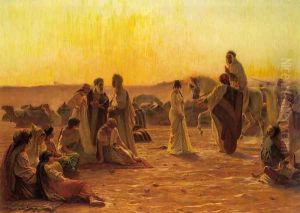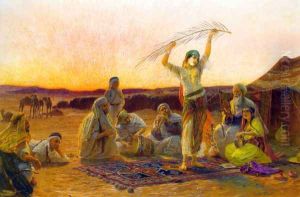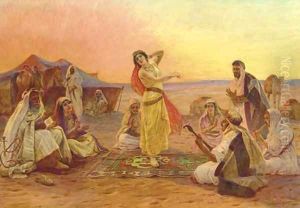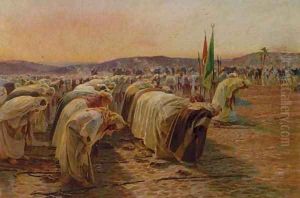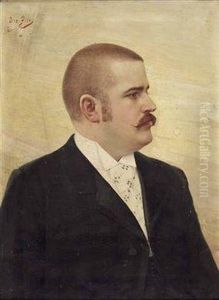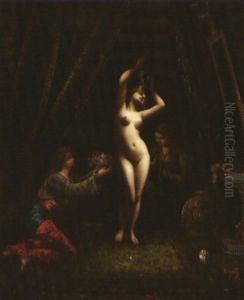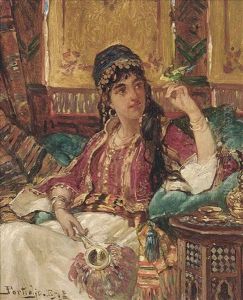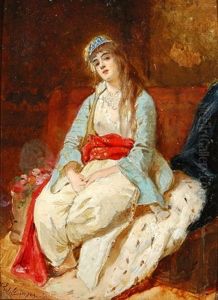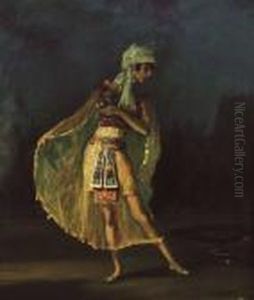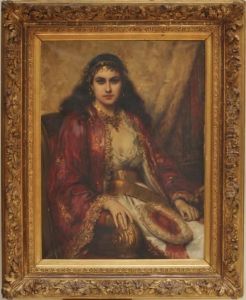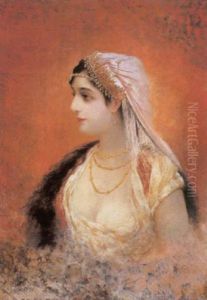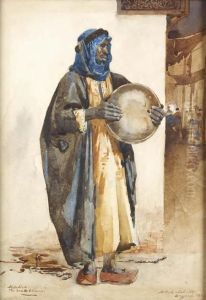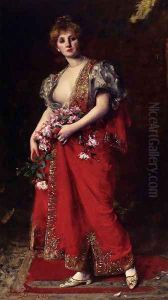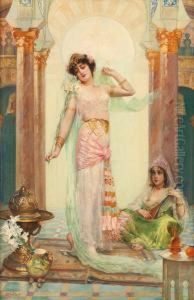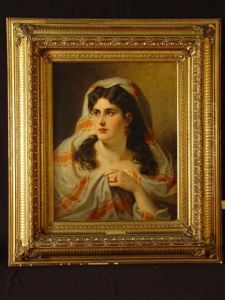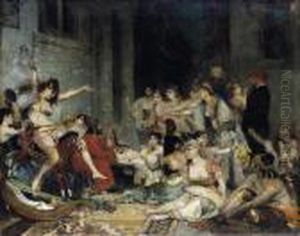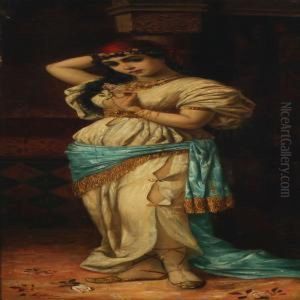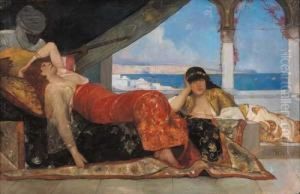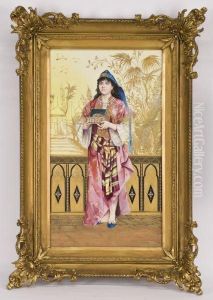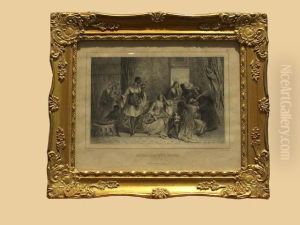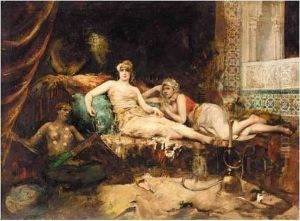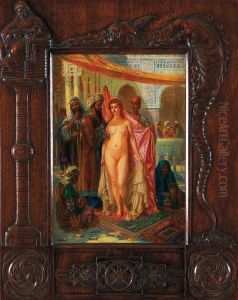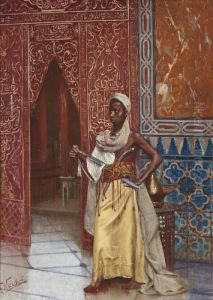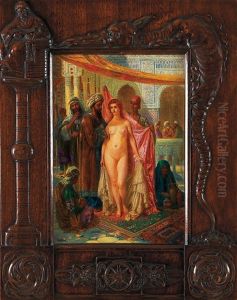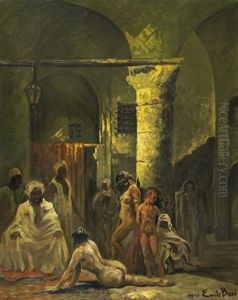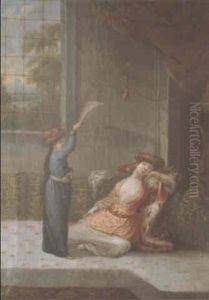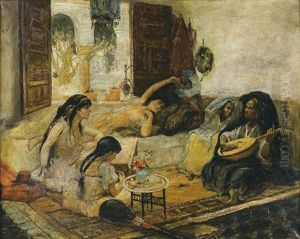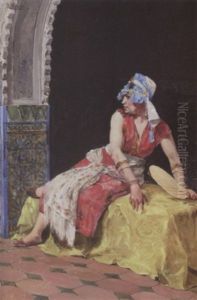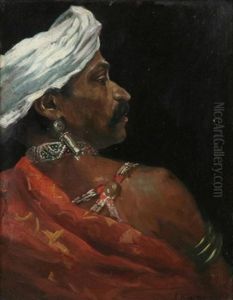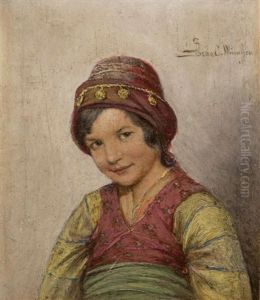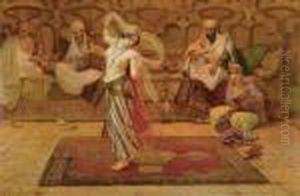





Dancing Slave Girl
-
About Reproduction
Bring the timeless beauty of Otto Pilny's Dancing Slave Girl into your home with a handmade oil painting reproduction. Carefully recreated on canvas by skilled artists using traditional techniques, this piece captures the delicate brushwork, subtle light, and vibrant color of the original masterpiece. With museum-level quality and rich texture, it brings elegance and artistic depth to any space. Enjoy free shipping and make this masterpiece a part of your personal collection.
-
Original Description
Dancing Slave Girl by Swiss Orientalist painter Otto Pilny (1866-1936) captivates viewers with its exotic romanticism and vibrant theatricality. Created circa early 20th century when European artists were fascinated by Oriental themes, this oil painting portrays a young female dancer mid-movement, her gauzy costumes swirling amidst warm desert hues. Pilny masterfully blends academic precision with sensual atmosphere - the play of light on metallic jewelry and translucent fabrics contrasts beautifully against the soft background haze. As part of the Orientalist movement that flourished between 1800s-early 1900s, though controversial today for its colonial gaze, the work remains technically significant for its textile rendering and kinetic composition. The painting exemplifies how Western artists mythologized Eastern cultures through emotionally charged, meticulously detailed scenes that straddle ethnography and fantasy.
When displaying Dancing Slave Girl in modern interiors, consider pairing it with Moorish-inspired furnishings or Bohemian decor to honor its cultural references while avoiding clichés. Its rich ochres and carmine tones would anchor contemporary spaces when framed in distressed gold leaf with ample wall clearance (ideal for 24x36" reproductions). Position it as a dramatic focal point in high-ceilinged rooms or sophisticated offices alongside matte black accents and ornate metalwork lamps. Smaller giclée versions work well above consoles with brass objets d'art, letting the warm palette dialogue with terracotta pots or Persian rugs. Avoid overcrowding walls near busy patterns, allowing the dancer's dynamic pose room to "breathe." For lighting, directional spots amplify the painting's chiaroscuro while dimmers adjust its theatricality from daytime corporate to evening residential settings.
-
Lead Time & Shipping
When you order this oil painting replica, it typically takes 2-3 weeks to paint. If the artwork is more complex, it might need a little more time to ensure the best quality. Once it's ready, we'll send you a photo for your approval. After you give the green light, we'll ship it to you for free.
-
Return & Refund
We believe in the quality of our hand-painted oil painting reproductions, and your satisfaction is our priority. If for any reason, you are not completely satisfied with your purchase, we offer a 45-day return policy. You can return your artwork within 45 days of receipt and receive a full refund. Please note that the artwork must be returned in the original packaging and in the same condition as it was received.






















